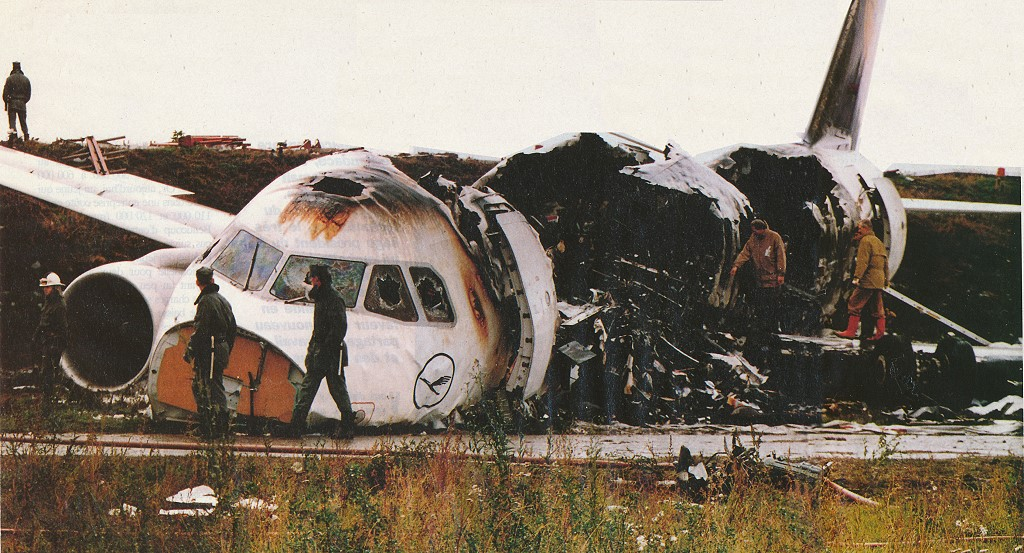
How to Get the Most from The Safety Artisan #1
In this post, 'How to Get the Most from The Safety Artisan #1' I will show you some of the free resources you can access...
Welcome
Hi everyone, and welcome to The Safety Artisan, my name is Simon and I'm a professional system safety engineer with more than 25 years of experience in various industries.
Simon Di Nucci, FIE(Aust), MSc, CPEng NER
In the next three posts, I'm going to tell you how to get the most from The Safety Artisan website. I'm going to start with the basics.
Start Here
As the name suggests, start here is a good place for newcomers to start looking at blog posts and lesson videos. Most of them are Free!
Now, before you skip this bit because you've done some work in safety before, let me share two things with you.
Concepts
I have worked on many projects where we didn't have a clear and unambiguous idea of what 'safe' means. I'm not joking!
That's right, we were spending lots of money trying to make something safe, but we didn't really know what that meant. Surprisingly, the bigger and more expensive the project, the more difficult it is to get a clear picture of the basics. This might sound daft but on a big project, you have to work hard to stay focused on the fundamental principles of what you're trying to achieve.
If from the very beginning, you can understand clearly what safe means in your particular domain is, and how are you are going to manage risk, then you can arrive at a successful end game. But it's not easy.
Second, Differences Across Countries and Industries
Another point to note is that many industries do things differently. You may have worked in rail, or in a chemical plant, or with ships, submarines, or planes and you know how safety works in your industry. But it's still good to learn from others - and their mistakes.
'Learn from others' Mistakes' said Bismark.
I have worked in all of these industries - and more - and I can tell you that the way things are done in different domains varies greatly. So when you're going for an interview, or when you're starting a new job, you might get some surprises...
The law on safety (and environmental protection) also varies from country to country. I've worked on projects in the UK, Australia, Europe, and the USA, and there are significant differences in practice. In particular, I emigrated from the UK to Australia, and I've compared practices in the two countries.
Coming Next...
Next week I will tell you about the more advanced topics that I cover. In the Third Post, I will talk about how you can connect with The Safety Artisan and get the online learning that YOU want.
#coursesafetyengineering #engineersafety #howtoriskassessment #howtoriskassessmentanalysis #ineedsafety #knowledgeofsafety #learnriskassessment #riskassessmenttechnique #riskassessmenttraining #riskassessmenttutorial #riskassessmentvideo #safetyblog #safetydo #safetyengineer #safetyengineerskills #safetyengineertraining #safetyengineeringcourse #safetyprinciples #softwaresafety #theneedforsafety
Simon Di Nucci https://www.safetyartisan.com/2021/08/25/how-to-get-the-most-from-the-safety-artisan-1of3/



